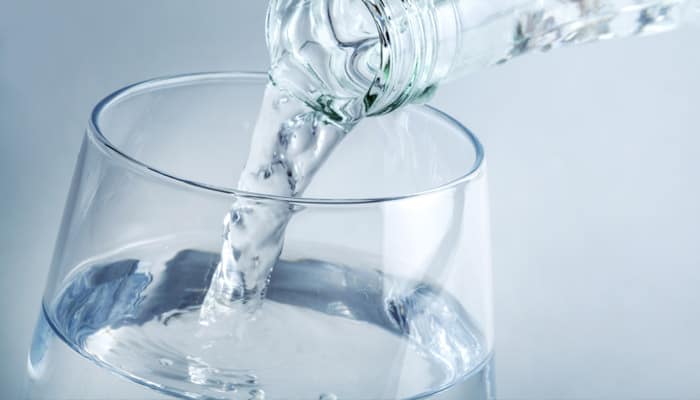On 15 September 2019, the Ministry of Solidarity and Health published a
technical instruction DGS/EA4/2019/142 on the management of health risks in the event of the presence of chromium in water intended for human consumption.
This instruction defines the procedures for managing health risks in the event of chromium in water to be implemented by the regional health agencies (RHAs). Chromium is present in the environment in various oxidation states, mainly in the form of chromium III (natural origin) or chromium VI (anthropogenic origin)
The main sources of anthropogenic contamination are urban and industrial wastewater. It can also be derived from materials in contact with water (MCDE). According to the decree of 11 January 2007, total chromium must be sought at the resource for surface waters (RS Programme) and at the consumer's tap (D2 Programme).
A quality limit for total chromium is set at 50µg/L in raw waters used for the production of EDCH and in distributed waters. The regulations do not set specific limits for chromium VI, however the ARS may request additional analyses for this parameter from the person responsible for water production or distribution (PRPDE). The toxicity of chromium VI is considered to be of greater concern than that of chromium III. The ANSES estimated a maximum concentration of chromium VI at 6µg/L
Despite the absence of regulations on chromium VI, this instruction defines the actions to be taken in the event of the presence of chromium in EDCH in order to take into account the health risk associated with the presence of Chrome VI:
- If the total chromium is > 50µg/L the result must be confirmed by a new analysis with a chromium speciation analysis to determine the amount of hexavalent chromium.
- If the total chromium is > 6µg/L, a second analysis and chromium speciation must be performed.
- When the chromium VI concentration is > 6µg/L, the result must be confirmed by a new analysis.
The analysis of chromium VI must be carried out by an approved laboratory with a maximum limit of quantification of 5 μg/L (and if possible less than 2 μg/L).
In the event of chronic exceedance of the total chromium quality limit and/or the maximum concentration defined by the ANSES for chromium VI, the ARS in connection with the PRPDE must implement the following actions:
- If the total chromium concentration is > 50µg/L, the population should be informed by PRPDE not to use tap water.
- Whether the total chromium concentration is < or > 50µg/L, if the chromium VI concentration is > 6µg/L, the population should be informed by PRPDE not to use tap water.
- PRPDE must conduct an investigation to determine the origin of this contamination and implement corrective actions.
- Health controls on these two parameters will have to be strengthened.
In the event of a specific and unconfirmed exceedance during the second analysis for chromium VI, it is recommended to follow chromium VI in addition to the total chromium as part of the health control.
Phytocontrol is approved by the Ministry of Health for water sampling and sanitary control analyses. We are accredited and accredited for chromium VI analysis with a limit of quantification of 2µg/L as part of our E2 - Optional Chemical Analysis accreditation.





